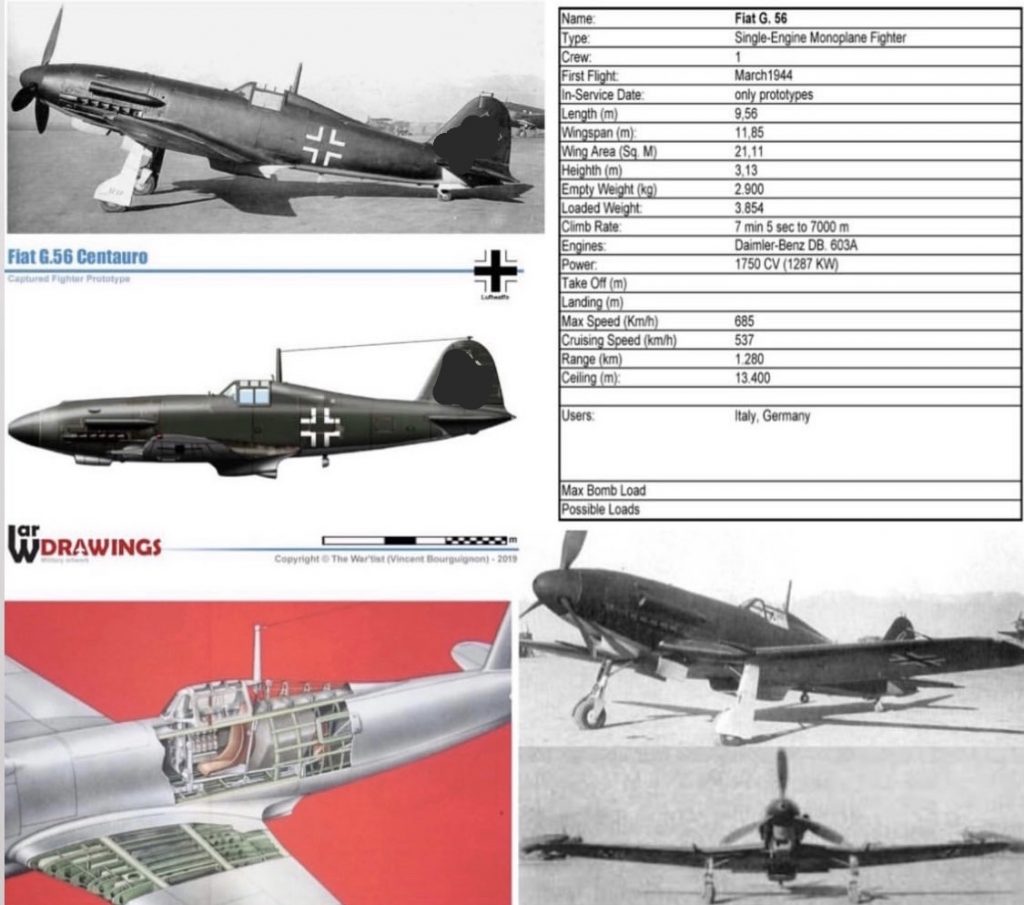In 2007 A group of engineers analyzed all aircraft crashes after 1971 and found that those seated at the rear seats had a 69% survival rate, while the middle seats had 56% survival rate. Those at the front seats had a 49% survival rate. Another study showed that sitting in the aisle seat and sitting within 6 rows near an exit is safest.
The brace position is important. Planting your feet square on the ground helps stop your legs from smashing the seat in front and breaking so you can leave the aircraft. Placing your forearms and head against the seat in front of you stop your body from flying forward into the other seat. The idea that the brace position serves to hurt you rather than protect is a MYTH.
Clothes also can help increase your survival chances of a plane crash, Wearing enclosed shoes and long clothes can protect you from objects like nails or flames going into your skin. Wearing a waterproof watch can be beneficial when crashing in water, you will be able to keep track of time when waiting to be rescued. Do not inflate your life jacket until you exit the aircraft otherwise you will get trapped and drown.

